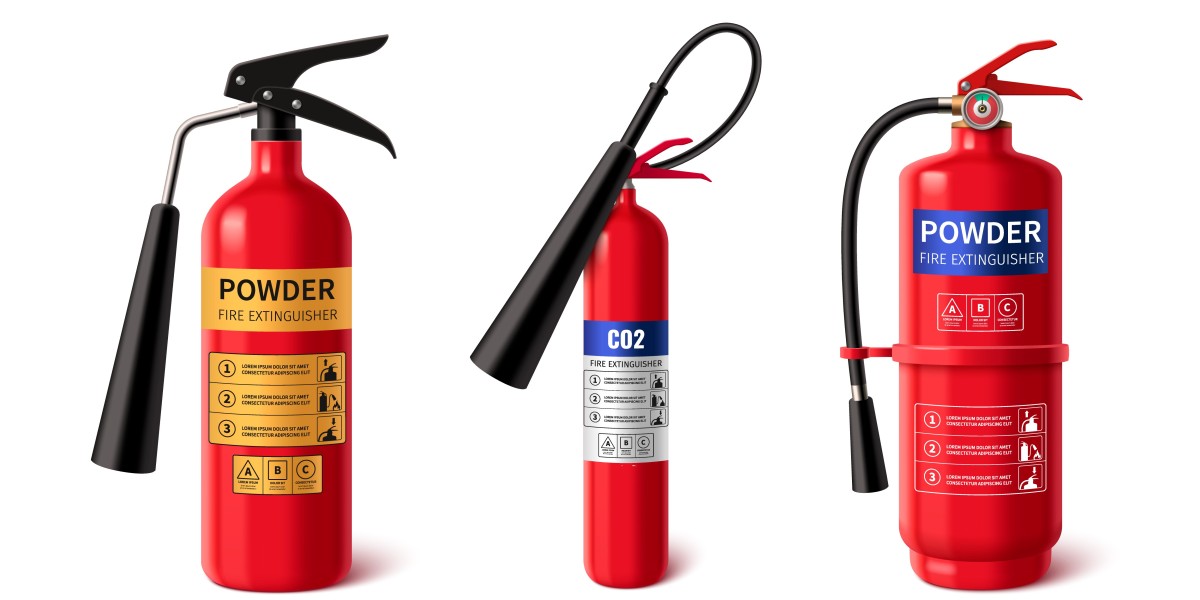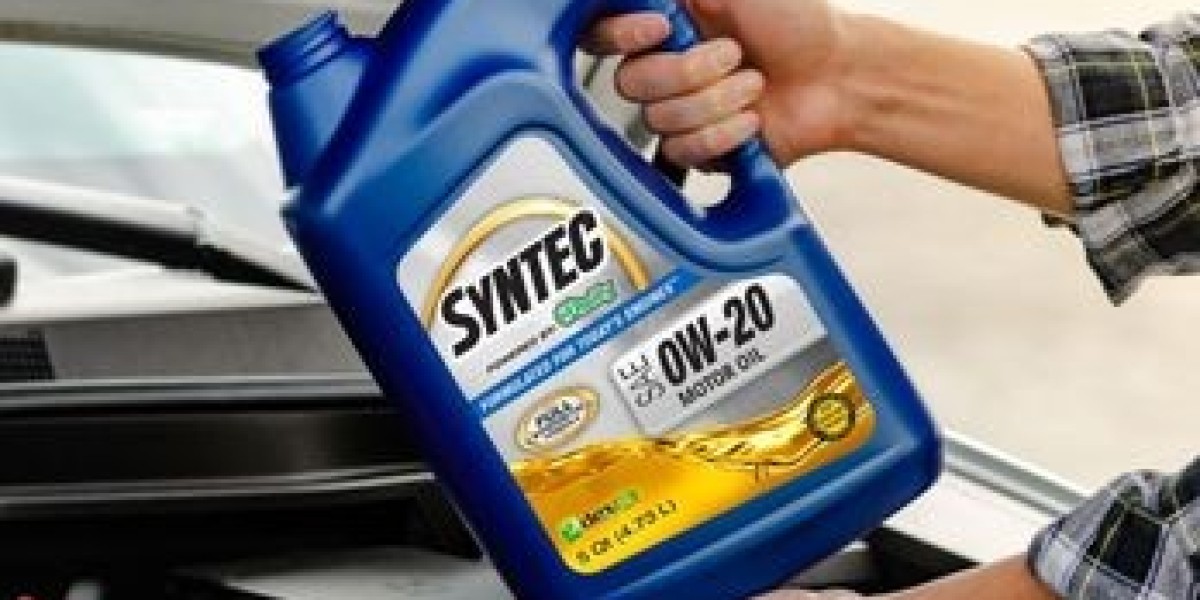1. Detection Devices (Heat and Smoke Detectors)
Detection devices are the first line of defense in a commercial fire suppression system. They are responsible for identifying signs of a fire, such as heat or smoke. Depending on the type of system, these devices may include:
- Heat Detectors: These sensors detect a rapid increase in temperature, triggering the suppression system.
- Smoke Detectors: These sensors detect smoke particles in the air, alerting the system to the presence of a fire.
These detection devices are typically installed in areas where fire risks are higher, such as kitchens, server rooms, and warehouses.
2. Control Panel
The control panel is the "brain" of the fire suppression system. It receives signals from the detection devices, interprets them, and activates the suppression system accordingly. The control panel is also responsible for monitoring the system’s status, providing alerts or alarms in case of a malfunction, and allowing manual activation if necessary.
3. Fire Suppression Agent Delivery Mechanism
The delivery mechanism is responsible for dispersing the fire suppression agent to control or extinguish the fire. The suppression agent varies depending on the type of fire suppression system:
- Water-based systems: Water is used to cool the fire and suppress the flames.
- Chemical agents: These include wet chemicals for kitchen fires, CO2 for electrical fires, and clean agents for sensitive areas.
- Inert gases: These gases, such as argon or nitrogen, displace oxygen to suffocate the fire without leaving residue.
The agent is typically delivered through a network of pipes, hoses, or nozzles strategically placed in fire-prone areas.
4. Nozzles and Sprinklers
Nozzles and sprinklers are the components through which the fire suppression agent is dispersed. They are installed in strategic locations to ensure the agent is effectively released to suppress the fire. In wet chemical fire suppression systems, the nozzles are specifically designed to spray a fine mist of chemicals onto the fire, especially in kitchen environments. In sprinkler systems, water is released through the sprinkler heads, aimed at the fire’s origin.
5. Activation Mechanism
Fire suppression systems can be activated in different ways. The most common methods are:
- Automatic Activation: When heat or smoke is detected, the system automatically triggers the suppression mechanism.
- Manual Activation: In some cases, the system can be manually activated by a pull station or button if the fire is detected early.
This ensures that the system can react even if no one is present to notice the fire.
6. Alarm and Notification Systems
Once the system is activated, an alarm goes off to alert occupants of the building about the fire and to evacuate the premises. These alarms are usually connected to the control panel and can also be integrated with other emergency systems, like evacuation lights and public address systems. In some cases, they can also notify emergency services for quicker response times.
7. Pressure Gauges and Monitoring Equipment
In systems that use pressurized cylinders for suppression agents (like CO2 or clean agents), pressure gauges are essential for monitoring the pressure within the system. These gauges help ensure that the fire suppression system is always ready to activate and that the suppression agent is at optimal levels.
8. Storage Cylinder or Tank
The storage cylinder or tank holds the fire suppression agent. Depending on the system, the agent could be stored as a liquid or gas. The size and type of cylinder used depend on the space being protected and the type of agent being deployed. For example, CO2 cylinders are typically used for areas with electrical equipment, while chemical agents are stored in specialized containers for kitchens.
9. Piping Network
The piping network connects all the components of the fire suppression system. It carries the suppression agent from the storage tanks or cylinders to the nozzles or sprinklers that release it into the protected area. Proper maintenance of the piping system is essential to avoid blockages and ensure the efficient operation of the system.
Conclusion
A commercial fire suppression system consists of various components, all of which work together to detect fires and suppress them effectively. From detection devices and control panels to suppression agents and nozzles, each element is essential in protecting a commercial building from the devastating effects of fire. Regular maintenance and inspections ensure these components remain functional and reliable when needed most.







